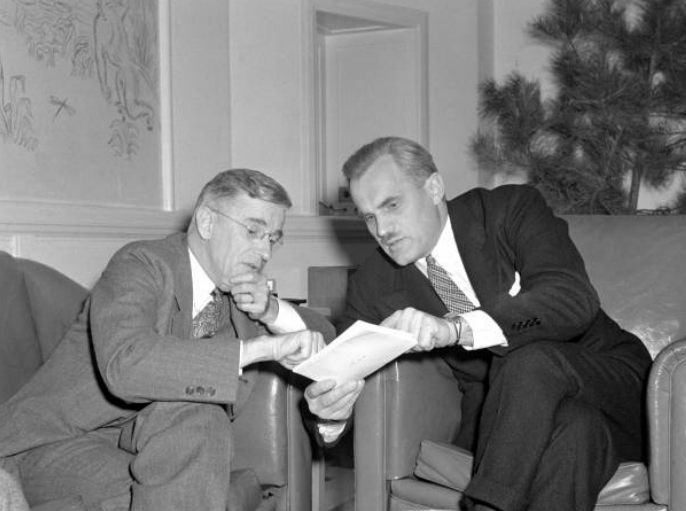The Cubical Lattice Concept
One of the first things that had to be determined was how best to place the uranium in the reactor. Fermi and Szilard suggested placing the uranium in a matrix of the moderating material, thus forming a cubical lattice of uranium. This placement appeared to offer the best opportunity for a neutron to encounter a uranium atom. Of all the materials which possessed the proper moderating qualities, graphite was the only one which could be obtained in sufficient quantity of the desired degree of purity.
The study of graphite-uranium lattice reactors was started at Columbia in July, 1941, but after reorganization of the uranium project in December, 1941, Arthur H. Compton was placed in charge of this phase of the work, under the Office of Scientific Research and Development, and it was decided that the chain reactor program should be concentrated at the University of Chicago. Consequently, early in 1942 the Columbia and Princeton groups were transferred to Chicago where the Metallurgical Laboratory was established.

In a general way, the experimental nuclear physics group under Fermi was primarily concerned with getting a chain reaction going; the chemistry division organized by F. H. Spedding (later in turn under S. K. Allison, J. Franck, W. C. Johnson, and T. Hogness) with the chemistry of plutonium and with separation methods, and the theoretical group under E. P. Wigner with designing production piles. However, the problems were intertwined and the various scientific and technical aspects of the fission process were studied in whatever group seemed best equipped for the particular task.
At Chicago, the work on subcritical size piles was continued. By July, 1942, the measurements obtained from these experimental piles had gone far enough to permit a choice of design for a test pile of critical size. At that time, the dies for the pressing of the uranium oxides were designed by Zinn and ordered made. It was a fateful step, since the entire construction of the pile depended upon the shape and size of the uranium pieces.
It was necessary to use uranium oxides because metallic uranium of the desired degree of purity did not exist. Although several manufacturers were attempting to produce the uranium metal, it was not until November that any appreciable amount was available. By mid-November, Westinghouse Electric and Manufacturing Company, Metal Hydrides Company, and F. H. Spedding, who was working at Iowa State College at Ames, Iowa, had delivered several tons of the highly purified metal which was placed in the pile, as close to the center as possible. The procurement program for moderating material and uranium oxides had been handled by Norman Hilberry. R. L. Doan headed the procurement program for pure uranium metal.
Although the dies for the pressing of the uranium oxides were designed in July, additional measurements were necessary to obtain information about controlling the reaction, to revise estimates as to the final critical size of the pile, and to develop other data. Thirty experimental subcritical piles were constructed before the final pile was completed.
The Metallurgical Laboratory was the predecessor of Argonne National Laboratory, which is operated for the U.S. Department of Energy by the University of Chicago and Argonne Universities Association.